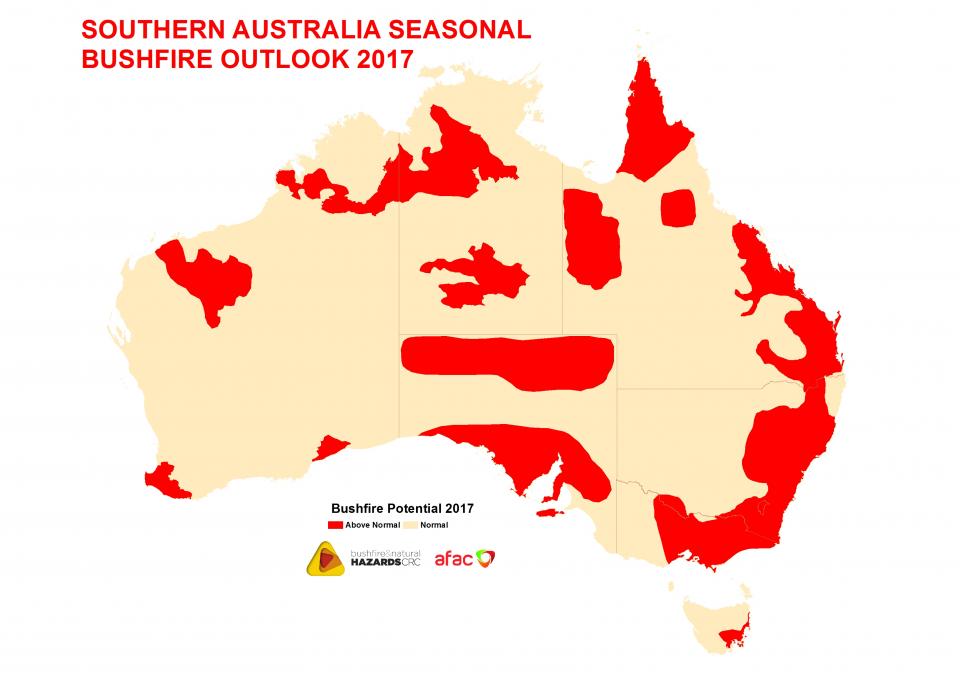The Value of Bushfire Administration in Fire Defense
In the world of fire security, the importance of effective bushfire management can not be understated. As areas around the world come to grips with raising circumstances of wildfires, the aggressive technique to avoid and mitigating these natural disasters through tactical bushfire administration strategies has actually become a critical element. Beyond the immediate hazard to human life and residential or commercial property, the interplay between bushfire management and eco-friendly conservation, community involvement, and environment change poses complex obstacles that demand comprehensive remedies.
Importance of Proactive Bushfire Avoidance
Aggressive bushfire avoidance techniques are necessary in mitigating the ruining impacts of wildfires on areas and communities. One vital element of proactive bushfire avoidance is gas management.
Informing the public on fire safety methods and advertising area recognition about the value of bushfire avoidance are important components of proactive methods. Eventually, aggressive bushfire avoidance plays a considerable duty in securing areas and ecological communities from the destructive effects of wildfires.
Duty of Neighborhood Involvement in Fire Protection
Involving the community in fire protection initiatives is essential to boosting the performance of positive bushfire avoidance methods. Community involvement plays a vital function in cultivating a collective understanding of the risks presented by bushfires and the significance of readiness measures. By including regional citizens, authorities can disseminate vital info on fire safety and security techniques, evacuation treatments, and very early caution systems, equipping individuals to take aggressive actions to guard their lives and properties.
By fostering a culture of readiness and partnership, communities can reinforce their capability to respond successfully to bushfire emergencies, lessening the impact on residential properties and lives. Inevitably, neighborhood interaction is a keystone of detailed fire defense approaches, highlighting the importance of collective action in safeguarding susceptible areas from the threat of bushfires.
Relevance of Wild Animals Preservation in Bushfire Management
Conservation of wild animals plays an important duty in efficient bushfire management approaches, ensuring the protection of diverse ecosystems and biodiversity in fire-prone areas. Wild animals conservation is vital as it contributes to the overall strength of environments, assisting in their capacity to recover and endure from the effect of bushfires. By conserving habitats and protecting numerous species, the all-natural equilibrium within these ecological communities is preserved, which is crucial for their long-term wellness and sustainability.
Furthermore, wildlife preservation also helps in reducing the danger and intensity of bushfires. Healthy and balanced environments with well-preserved wild animals populaces can act as all-natural firebreaks, decreasing the spread of fires and limiting their harmful possibility (Bushfire Management Plan). Particular pet types, like delving animals or birds that spread seeds, play one-of-a-kind roles in preventing fires or assisting in the post-fire regeneration of environments
Including wild animals conservation right into bushfire administration methods is not just important for safeguarding biodiversity but also for advertising the overall wellness and strength of environments when faced with raising fire threats.
Advantages of Strategic Fuel Decrease Programs
Purposefully implementing fuel reduction programs is vital in mitigating the danger and impact of bushfires in fire-prone areas. These programs entail controlled burning, mechanical clearing up, and other approaches to minimize the amount of combustible plants available to fuel wildfires. By strategically minimizing fuel loads in essential areas, such as near property areas or vital facilities, the strength and spread of bushfires can be dramatically decreased.
One of the key benefits of fuel decrease programs is the improvement of total fire strength in a community. By producing tactical gas breaks and decreasing the continuity of vegetation, these programs help to disrupt the course of a bushfire, making it less complicated for firefighters to contain and extinguish the blaze. In addition, gas reduction programs can secure biodiversity by stopping exceedingly extreme fires that can ruin environments and intimidate wildlife populations.
Additionally, these programs can also guard human lives and home by reducing the danger of devastating fires that pose a significant threat to areas. Eventually, calculated fuel reduction programs play a critical find this role in aggressive bushfire management and fostering a much safer atmosphere for both individuals and nature.
Effect of Climate Modification on Bushfire Threat

Greater temperatures cause drier plants, making it more prone to ignition. Decreased rains in specific areas lengthens drought problems, even more increasing the flammability of the landscape. In addition, the altering environment has modified wind patterns and atmospheric problems, leading to more irregular fire habits and rapid fire spread.
As the climate remains to change, the frequency and strength of bushfires are expected to climb, necessitating a adaptive and aggressive technique to bushfire monitoring. Strategies must evolve to make up the transforming risk landscape, including environment estimates and thinking about long-lasting strength in fire administration preparation. Dealing with the influence of environment modification on bushfire risk is important in establishing efficient approaches to shield lives, residential property, and the atmosphere.
Verdict
Finally, aggressive bushfire prevention, Visit Website neighborhood interaction, wildlife preservation, tactical gas decrease programs, and consideration of climate change are essential components in reliable fire defense. By applying these strategies, we can better manage bushfire dangers and secure both human lives and the environment. BAL Assessment. It is critical that stakeholders interact to focus on these procedures to minimize the destructive influence of bushfires on communities and neighborhoods

As the environment proceeds to transform, the regularity and intensity of bushfires are expected to climb, demanding a adaptive and aggressive method to bushfire management.In verdict, proactive bushfire avoidance, neighborhood engagement, wildlife preservation, strategic gas decrease programs, and consideration of environment change are vital components in efficient fire security.